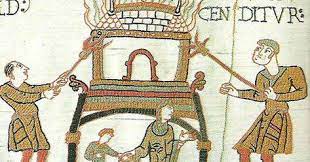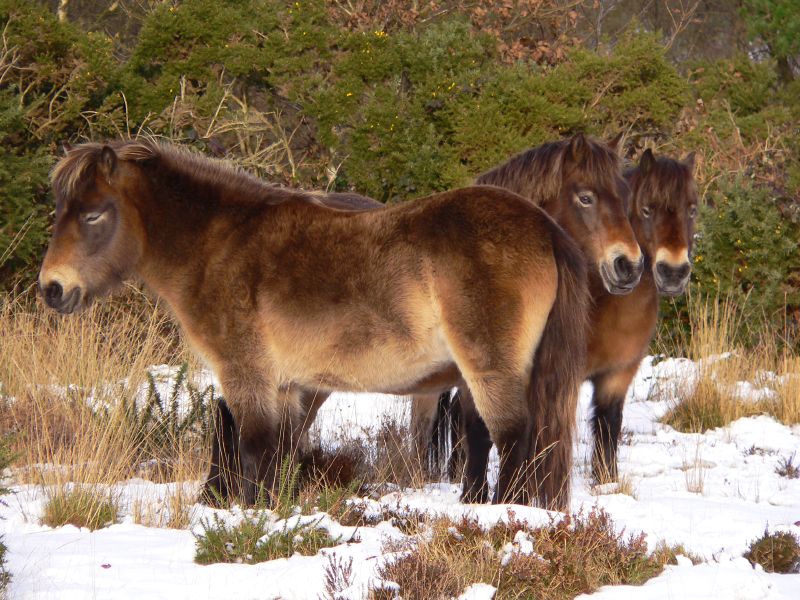Gytha was the daughter of Harold Godwinson and Edith Swan-neck. Through her marriage to Vladimir Monomach, she became a grand princess of Kievan Rus after her father’s death in 1066. Their oldest child, Msitislav, was the last grand prince of a united Kievan Rus, and was known in the Germanic-speaking world as Harald, after his grandfather.
Gytha was believed to have been a major influence on what we would nowadays call her husband’s public relations strategy. Historians have noted stylistic similarities between Vladimir’s writings and those of Alfred the Great. It is likely that these are due to his links to the the royal house of Wessex through Gytha.
Dating Gytha’s life is difficult due to discrepancies between different primary sources. As far as we can tell, she was born in either 1053 or 1061, and died in either 1098 or 1107, depending on which source you believe. She is buried in St Sophia’s cathedral in Kyiv, modern-day Ukraine.
Gytha was the ancestor of Philippa of Hainault, queen of Edward III, and therefore of all subsequent English and British monarchs. She was also an ancestor of Ivan the Terrible, establishing the links between British and Russian royalty that persisted until the Russian revolution.





